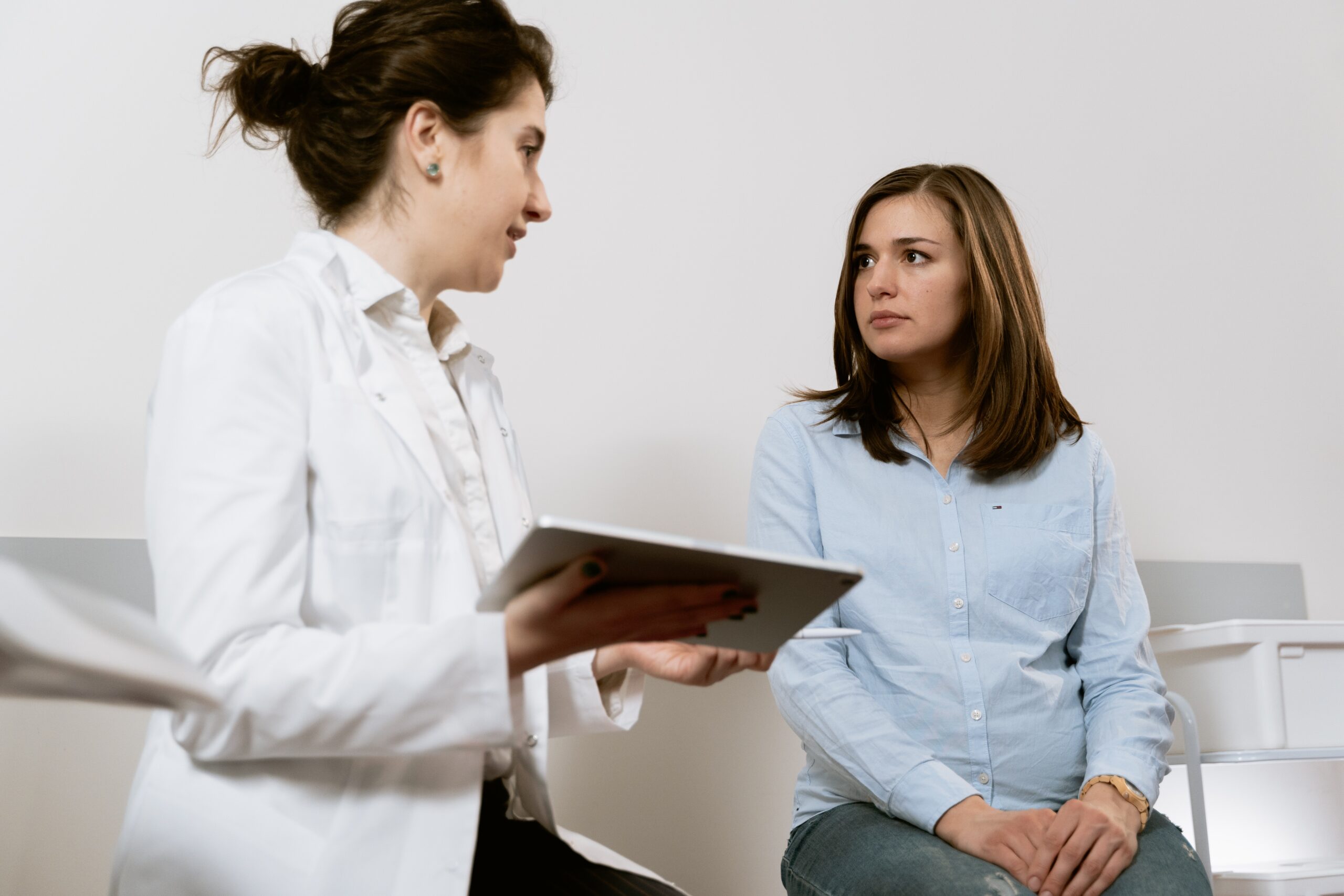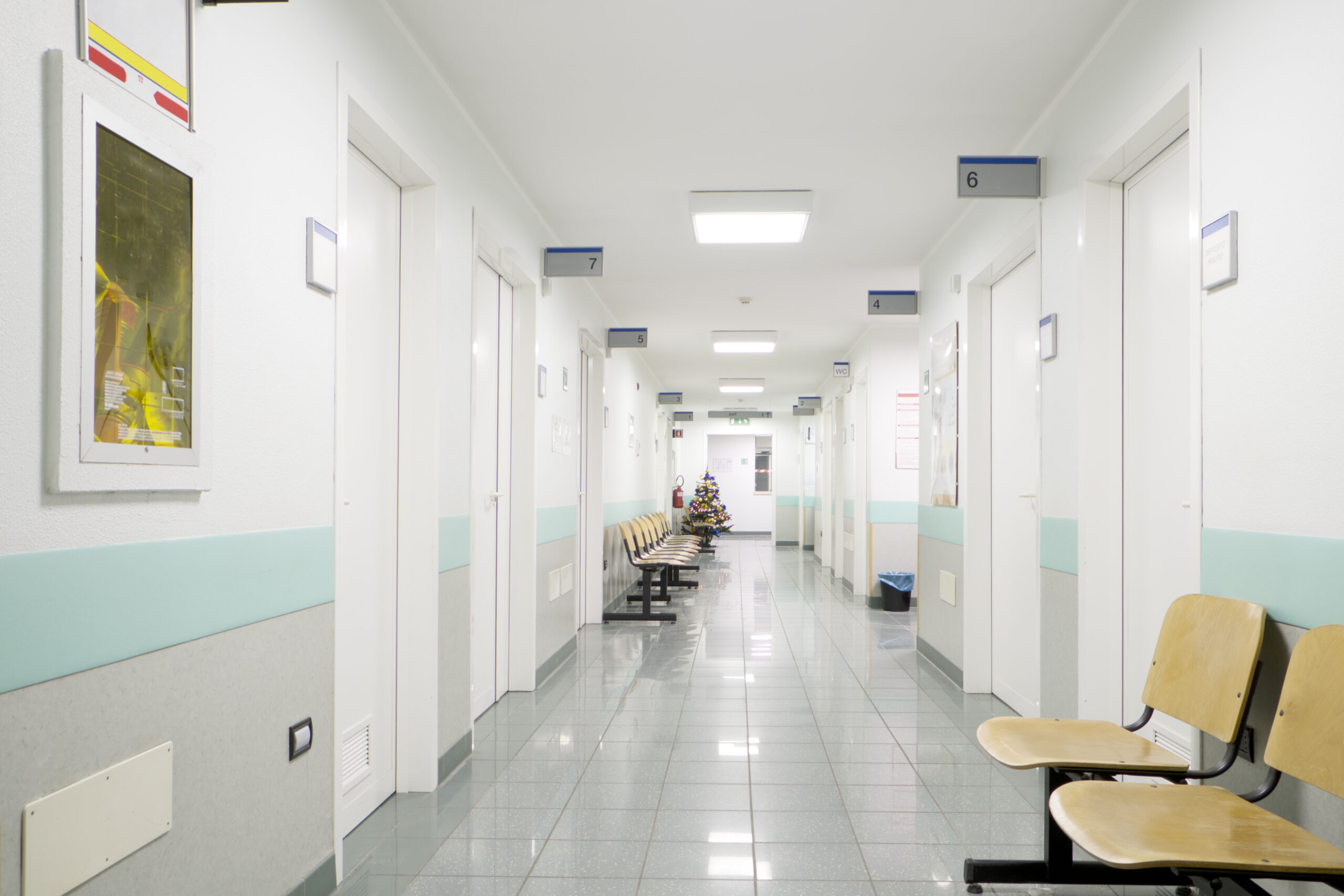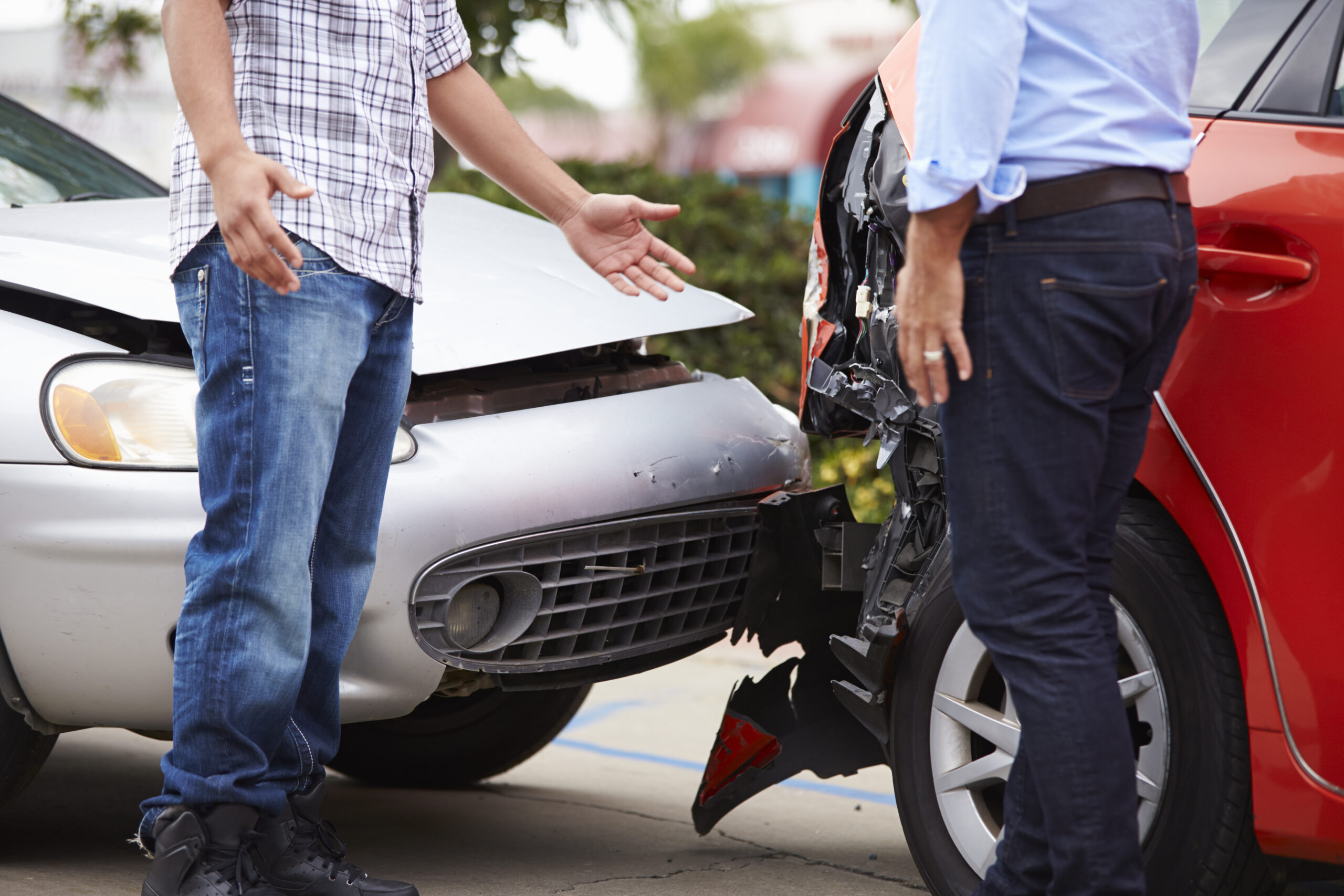
Who is Liable in a Chain Reaction Crash with Multiple Vehicles
Multi-vehicle accidents, known as chain reaction crashes, are among the most complex types of car accidents. They often occur in scenarios where a single collision leads to a domino effect, involving multiple vehicles in rapid succession. These crashes can result in severe damage, injuries, and disputes about liability that are far from straightforward. If you have been involved in such an accident, understanding the dynamics of these events and the intricacies of Virginia’s car accident laws is crucial to determining your next steps.
This article will guide you through the basics of chain reaction crashes, provide insights into how liability is determined, and explain why securing legal representation is important.
Understanding Liability and Negligence in Chain Reaction Crashes
Liability in chain reaction crashes often becomes a contentious issue. Determining who is responsible in these cases primarily revolves around the principle of negligence. Negligence is the failure to exercise a reasonable standard of care on the road. When a driver neglects to follow traffic rules or drive safely, their actions can trigger a cascade of events that lead to a crash involving multiple vehicles.
Virginia law requires that liability for accidents be established by a preponderance of the evidence. The challenge in a chain reaction crash is pinpointing the primary cause and determining whether each party contributed to the accident. This process involves analyzing the sequence of events, examining evidence such as witness testimony and dashcam footage, and identifying which actions fell short of Virginia’s legal standards of reasonable care. Whether it is a distracted driver rear-ending another vehicle or a car speeding into stationary traffic, liability hinges on proving fault.
Common Causes of Chain Reaction Crashes
Chain reaction crashes often occur in environments where traffic conditions are dense or visibility is poor, such as during rush hour or under adverse weather conditions. Driving behaviors that frequently lead to such accidents include tailgating, speeding, and distracted driving. For example, a driver distracted by a mobile device may fail to notice slowing vehicles ahead, causing a rear-end collision. This initial collision can push vehicles into others, creating a chain reaction.
Weather conditions, such as rain or fog, can also contribute by reducing visibility and increasing the likelihood of sudden braking. Slippery roads may further aggravate the situation, giving drivers inadequate time to react. Other factors, such as mechanical failure or a driver’s impaired state, can also play a role in initiating these multi-vehicle incidents.
The complexity of chain reaction crashes lies in how sudden these events unfold and how multiple factors often overlap, making it difficult to dissect the individual contributions of each driver involved.
Contributory Negligence in Virginia
When it comes to determining liability, Virginia operates under the doctrine of contributory negligence. This legal principle sets Virginia apart from many other states. Under this rule, if a driver is found to be even slightly at fault for an accident, they are barred from recovering damages in a personal injury claim. It is crucial for drivers to understand this distinction because it significantly impacts how compensation is pursued in chain reaction crashes.
For example, if it is claimed that a driver was following too closely, even if they were not the primary cause of the chain reaction, they could be denied recovery under contributory negligence. This strict legal framework underscores the importance of thoroughly establishing the facts and seeking representation from experienced attorneys who understand Virginia’s specific laws on negligence.
Because of the heightened complexity of liability in chain reaction crashes and the strict contributory negligence rule, victims must be proactive in protecting their rights.
Why Legal Assistance is Crucial
Chain reaction crashes involve multiple moving parts, both literally and figuratively. Victims may face challenges in sorting through conflicting accounts of what happened and proving their case. Determining liability often requires access to resources such as accident reconstruction experts, legal knowledge of Virginia’s traffic and negligence laws, and the ability to gather substantial evidence.
Insurance companies will frequently attempt to minimize payouts by disputing fault or by asserting that you share some portion of blame for the crash. Without proper legal guidance, you may find yourself navigating these challenges alone and potentially forfeiting compensation for medical expenses, property damage, and lost wages.
By working with experienced car accident lawyers, such as the team at Strickland, Diviney & Segura, you gain advocates who know how to approach insurance adjusters, gather compelling evidence, and present a strong case. Legal experts can ensure that your rights are protected, allowing you to focus on recovery while they handle the intricacies of your claim.
Seek Professional Guidance Today
If you have been involved in a chain reaction crash in Virginia, understanding your rights and navigating the complexities of liability claims are critical. The lawyers at Strickland, Diviney & Segura provide the expertise needed to assess your case, advocate for your interests under Virginia’s contributory negligence law, and secure the compensation you deserve. Contact our team today to schedule your consultation by calling (540) 982-7787. Allow us to guide you through these difficult times with clarity and confidence.






